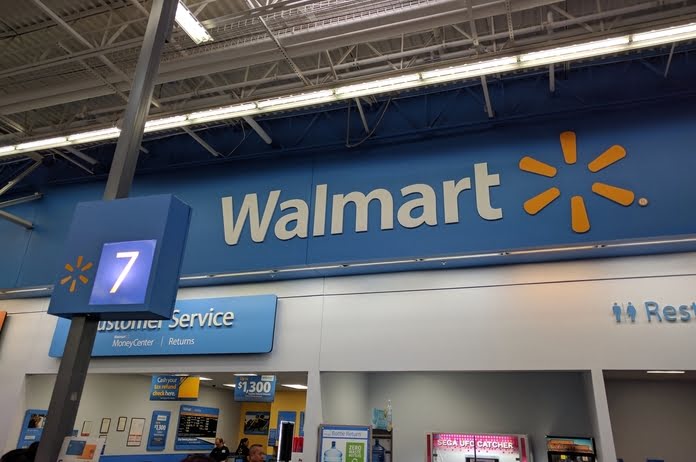Walmart (NYSE:WMT), America’s largest retailer and employer, is gearing up for the holiday season with a cutting-edge approach to inventory and delivery, propelled by artificial intelligence (AI). The retail giant has unveiled its “next-generation supply chain,” which will undergo its inaugural test this winter. This system is patent-pending and leverages real-time data to optimize efficiency across all its stores and regions.
For instance, you won’t find shipments of swimsuits in Minnesota or snow blowers in Florida. Thanks to this upgraded inventory management system, Walmart is poised to compete with Amazon (NASDAQ:AMZN) as it rolls out more same-day delivery options across 4,000 stores. This move is dependent on Walmart’s ability to ensure that each store stocks items most likely to be in demand in its particular area, allowing 80% of the U.S. population to receive their holiday purchases in as little as 30 minutes.
“Technology such as real-time data, AI, and robotics plays a critical role in powering our ecosystem,” said David Guggina, Walmart’s EVP of supply chain operations.
Retailers are navigating a challenging season with inflation and high-interest rates, making consumers cautious. However, Walmart has experienced robust e-commerce growth over the past year, and its tech investments can further enhance online sales, according to Jefferies analyst Corey Tarlowe.
“Walmart is in the process of implementing automation in its regional distribution centers, constructing four next-generation fulfillment centers, and expanding its market fulfillment centers. We believe the additional capacity and efficiency are crucial for the growth of Walmart Fulfillment Services and its online marketplace,” Tarlowe noted.
In August, Walmart reported a 24% global YoY increase in e-commerce sales.
An efficient inventory system can help reduce shipping and delivery costs, enhancing Walmart’s ability to offer value products to its customers. Moreover, the company is working on expanding its next and two-day delivery options to cover up to 90% of the U.S. population. To achieve this, Walmart has introduced three new robotics and automation-centric fulfillment centers in Illinois, Indiana, and Texas. It has also invested in robotics firm Symbiotic (SYM).
“Walmart’s inventory system is becoming more advanced and autonomous, as we have been utilizing these systems and their AI [and machine learning] models for some time,” said Parvez Musani, Walmart’s SVP of E2E fulfillment.
By expanding its fast delivery services, Walmart aims to meet and exceed evolving consumer expectations, driven by the compression of delivery times, mainly due to Amazon’s dominance and its two-day delivery guarantee over the past decade.
Guggina highlighted that Walmart’s extensive network of brick-and-mortar stores, with 4,700 locations situated within 10 miles of 90% of the U.S. population, will be a unique asset in its fast delivery operations.
If Walmart’s holiday season delivery strategy succeeds, it will mark the coming-out party for the brand’s foundational AI initiatives, propelling Walmart’s innovation efforts into the future.
Featured Image: Megapixl









